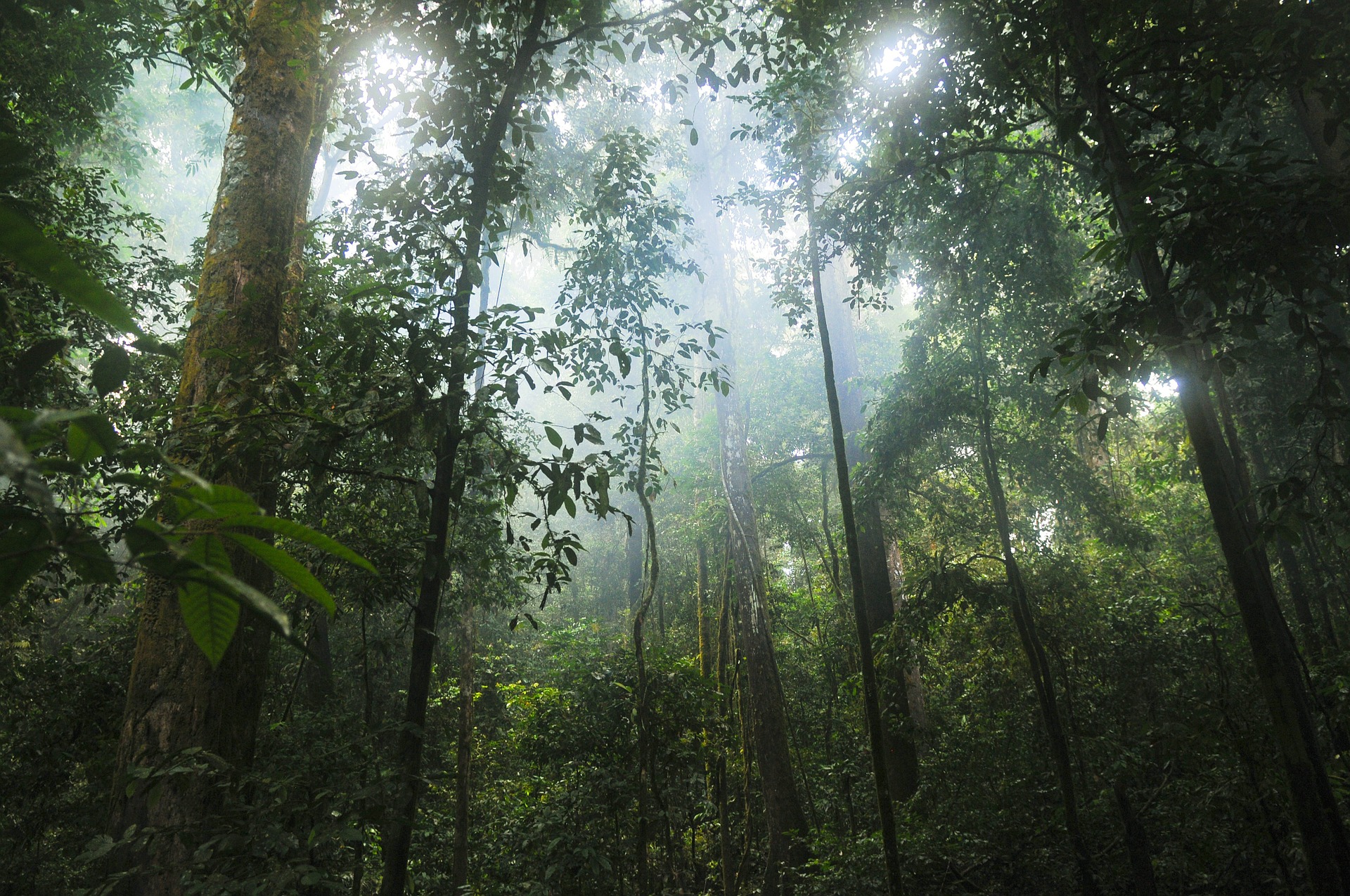According to a study published by Nature Climate Change, two-thirds of of the remaining forest in Mato Grosso are located on private lands. Mato Grosso is the third largest state in Brazil and is a hotspot for deforestation, according to the study. Despite Brazil’s success in reducing deforestation, researchers say that more must be done to protect what is left of the rainforest in the state.
Researchers say that policies aiming to preserve forest and carbon stocks must deal directly with large landowners. Large landowners make up nearly 37 percent of the state. Previously, the reduction in deforestation has been successful with larger farms.Evidence shows that small-property owners clear larger areas of their properties. However, smallholders and public lands make up a very tiny portion of the state’s carbon reserves – approximately six percent. Most of the of the remaining forest cover is on property owned by larger landholders, over 1,000 ha, which is why new policy must focus on engaging with these kind of landowners.
Brazilian rainforests have been cleared to make way for agricultural production, road systems and more commonly cattle ranching.
The concern is that deforestation efforts will be unsuccessful due to the increasing value of the land in Mato Grosso for cattle grazing and agricultural production. Brazilian rainforests have been cleared to make way for agricultural production, road systems and more commonly cattle ranching. The study analyzed deforested areas and area that are left. What they found was that these landowners own so much of the land that any reduction in deforestation on these lands makes a big difference in terms of deforestation and carbon reserves.
According to Phys.Org, Mato Grosso is at the beginning of a period of high deforestation rates. This is partly due to the increasing value of the land. Money to farmers for ecosystem services provided by keeping rainforests intact and the hindrance of bureaucracy and legal issues are two ways to incentivize the preservation of these forests. For now, according to researchers, the focus should remain on large landowners in the Brazilian Amazon.
























